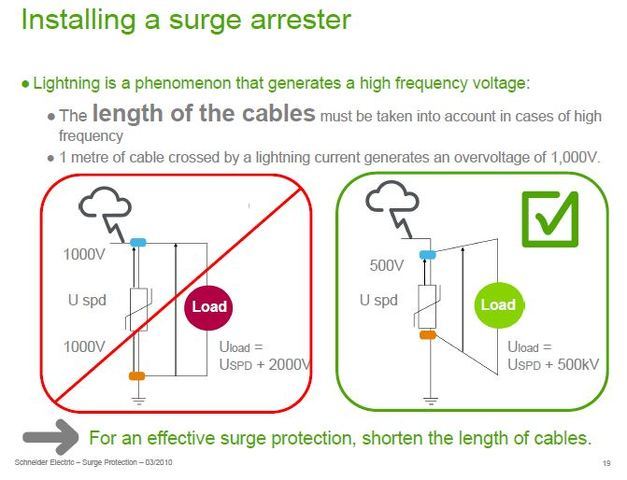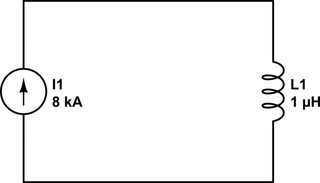edit- ans to basic OP question- electric field strength and voltage drop on a wire are not directly related as implied in the post. Thus, there is no discrepancy in the numbers presented in the OP post.
Simplistically a meter of wire is 1 uH as a rule of thumb.
Much higher if there are any loops or the wire not straight. Magneitic forces on the wire due to high current try to straighten a wire, and will literally break a loop of wire. I have broken 250 MCM in some NWE lightning tests at megamps.
Typical lightning is 20kA (but has been measured as high as 3 MILLION amps)
Typical rise time is 6 usec.
Basic differential equation is V(t) = L* di/dt Volts/meter field strength in the vicinity do not factor into the voltage drop except for a small coupling effects due to fields of other nearby wires with lightning currents.
Can simplify to di = 20,000, dt = 6 us
So typically, L*di/dt = 1e-6*2E4/6E-6 = roughly 3,300 volts per meter.
The 1000 V rule of thumb probably assumes the 20kA of a typical lightning strike gets diverted to multiple paths before reaching a typical arrestor.
Correspondingly much high for the mega lightning bolts. Lower for less ;than 20kA lightning strikes.




